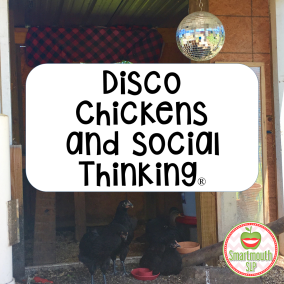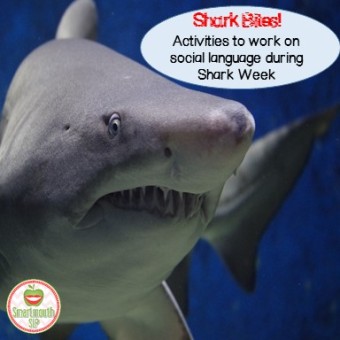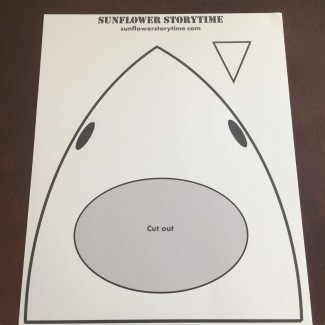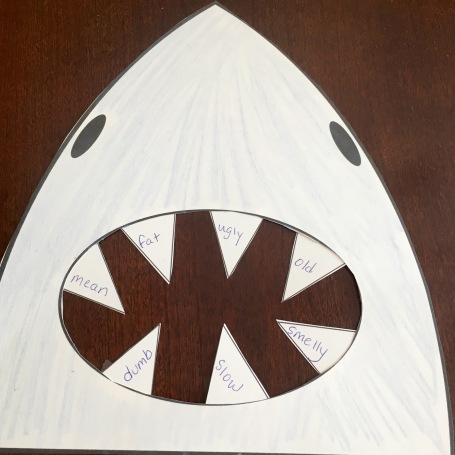
I recently started a new school job as a SLP (speech language pathologist). I moved to a new county after fifteen years in my former school, and hoped for the best. While no job is perfect, this one is pretty promising! There are five (yes, five full time) SLPs, supporting a large school with multiple special needs and self-contained classes at the elementary level. It is a quick commute to my school from my new home (lots of changes this year!), but one day last week, I got stuck behind a tractor, making my drive time a whopping fifteen minutes. The road by my house was shut down this week for a bit, due to a wandering cow. I’m not in Kansas Atlanta anymore, am I?!
** see postscript at the bottom of this post!!
The week continued with a school tour, and lo and behold, we have a huge garden near the playground (there are often yummy tomatoes in the workroom for anyone who wants to take them home). Right next to the garden are two goats, a duck pool and a chicken house with a disco ball (see the picture above), totally unexpected, but in a good way!! My speech peeps and I started thinking about how we could do thematic therapy out here: farmticulation, chicken chat conversation skills, billy goat grammar….We could do this all.day.long. Word play is our forte (I think I need to put that on a T-shirt)!
All this change and possibility got me thinking about the social language concepts that I teach my students each year: flexible thinking, emotional regulation, sharing space effectively with others, thinking about other people, using a social filter, etc… I am using ALL of these and more as I adjust to my new school and the huge learning curve of changing to a new system, kids, co-workers, building, etc. !! Add to this that four of the five of us are new to the county, so we all have to be social thinkers to work together successfully. Our profession is often associated with SLPs being the tiniest bit of type A personalities, but thankfully, my fellow SLPs are smart, funny and flexible thinkers. It was a good reminder to me that the Social Thinking® lessons that I teach my students are skills that we will use across our lifespan, not just in school, and how powerful and valuable they truly are!!
I am so excited to start my new adventures and I hope that those of you starting school soon are excited too! Here’s to a great year, and if you stop by to visit my school, you can probably find me hanging out with the disco chickens by the playground….

Post script: A cow wandered in front of my school yesterday! I think he wants to join in all the barnyard fun with us!






